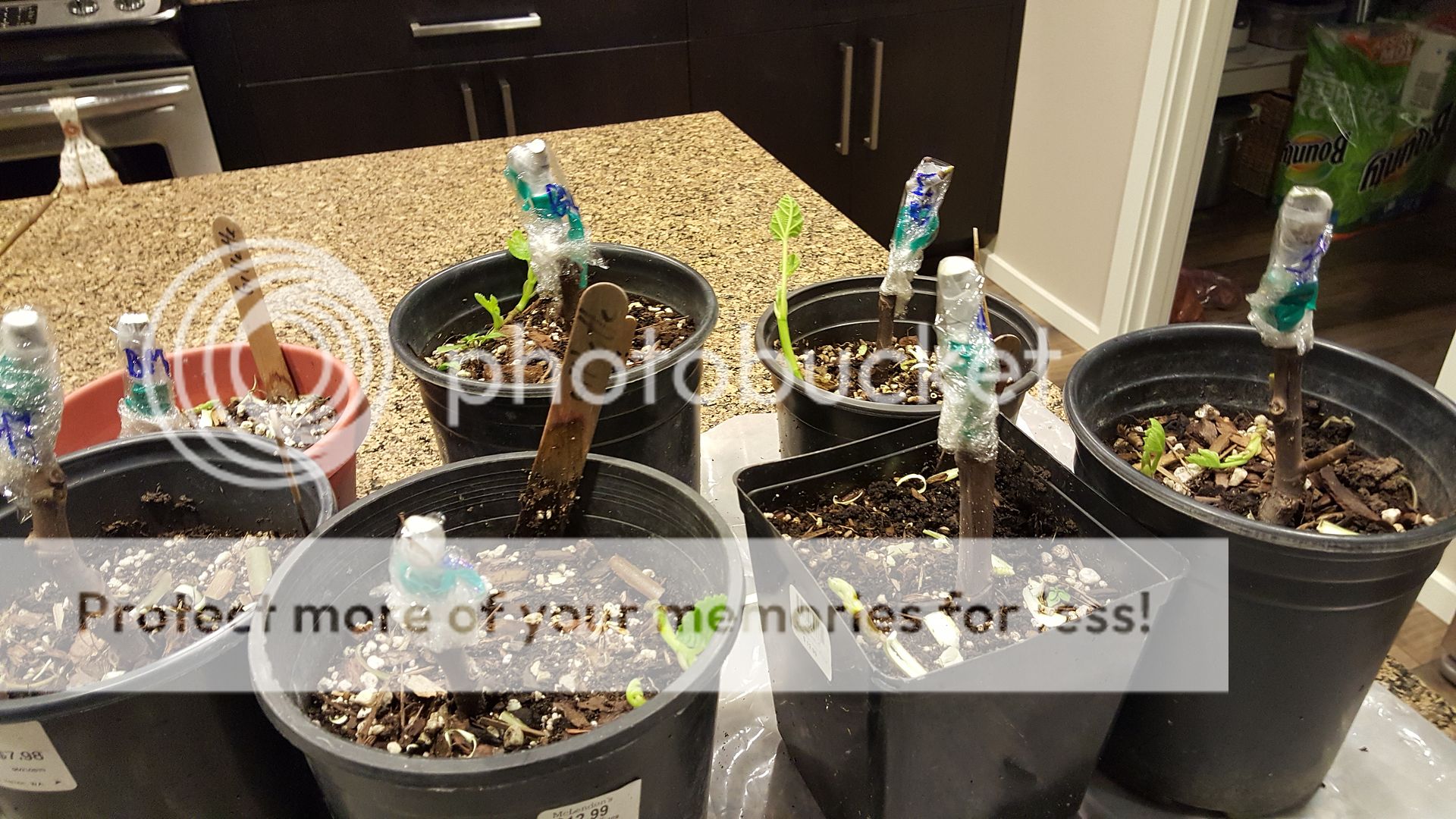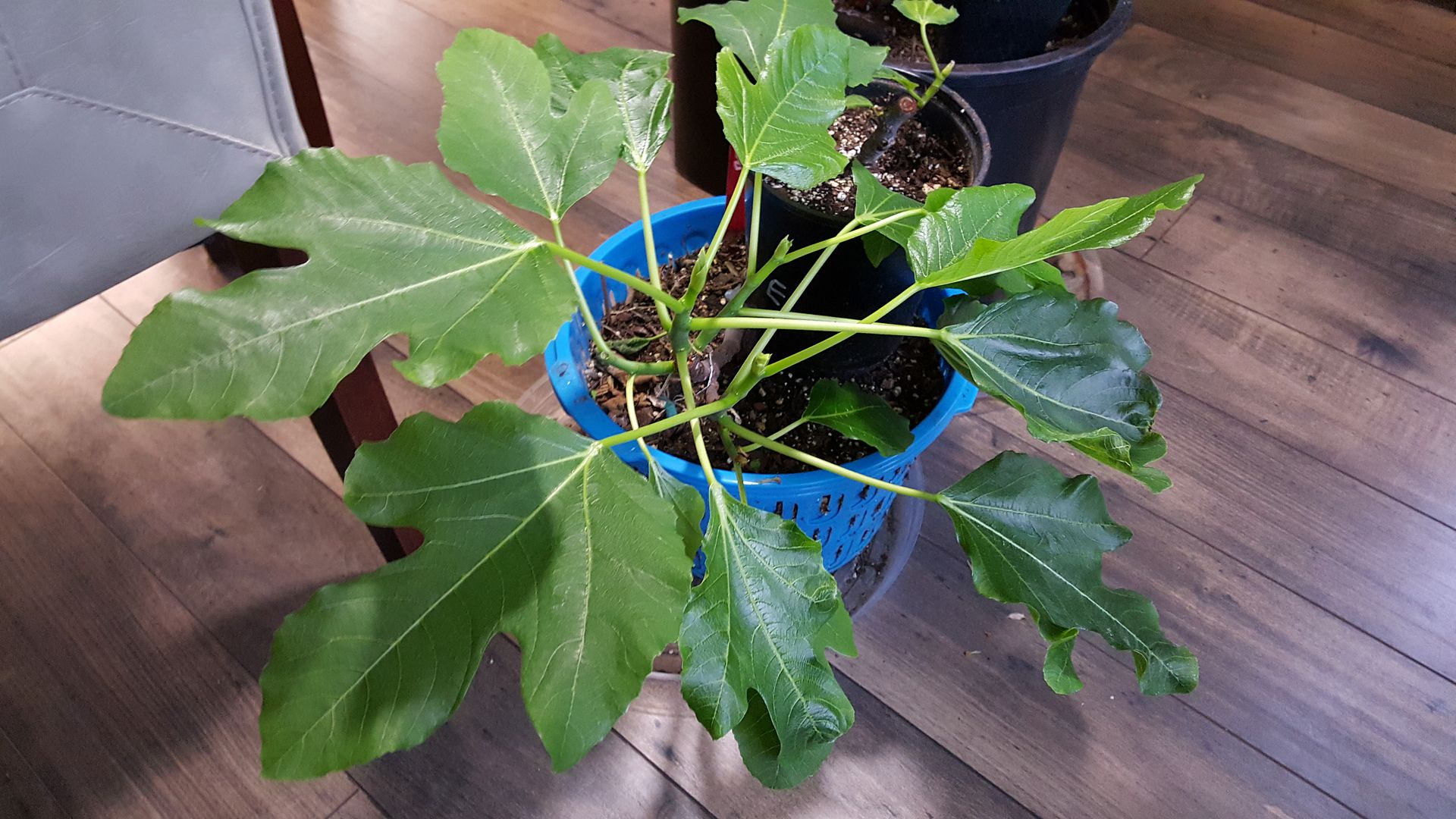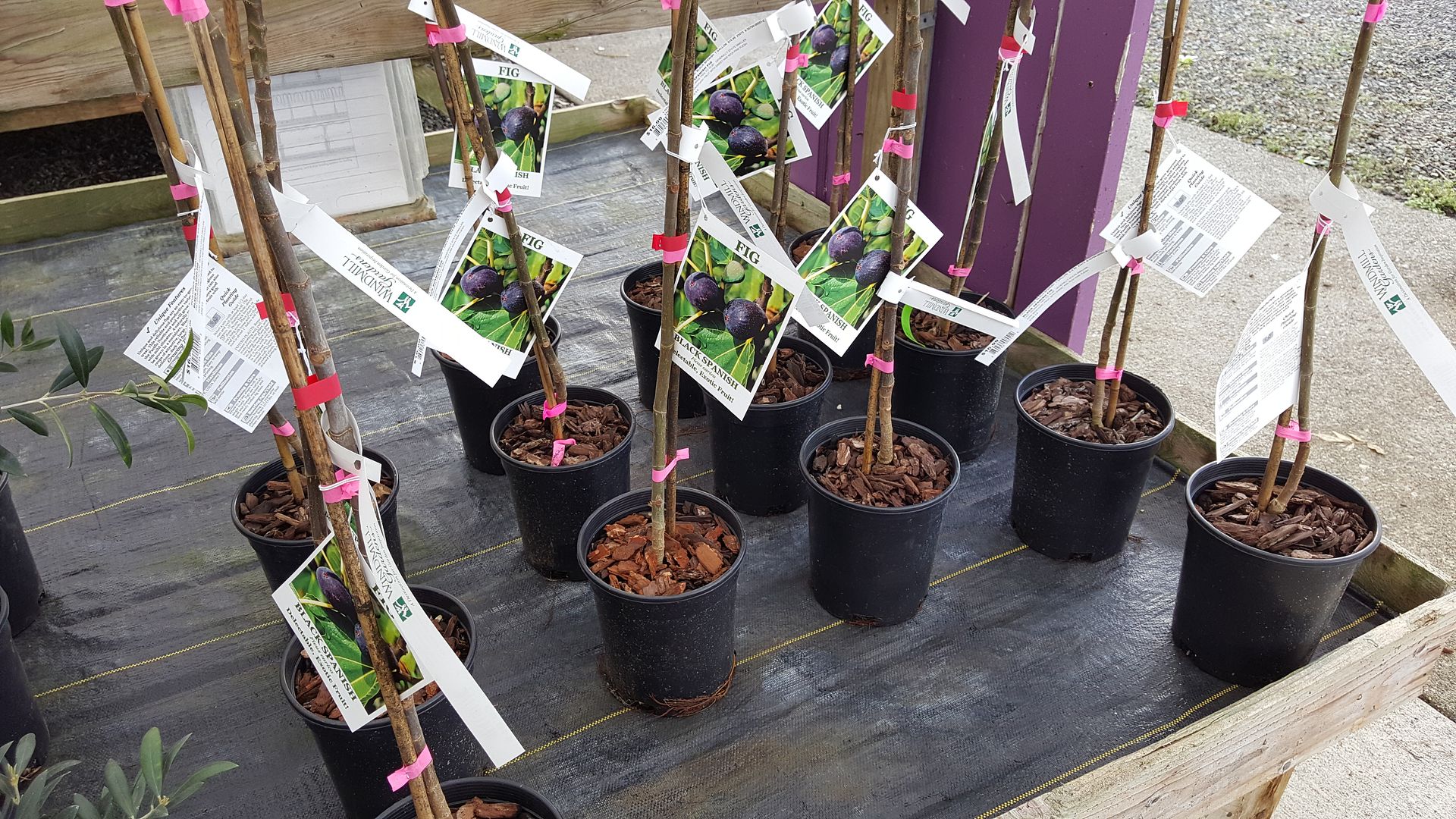I'm pretty excited about these new cuttings I recently purchased from Harvey on Figaholics. He offered a ton of varieties at fare prices. In total I picked up 10 varieties. Hopefully I can root them all, since they all look very good. I want to trial them in the Seattle Weather.
I picked these based loosely from his descriptions on taste and productivity.
1. Genovese Nero (Robs)
This fig is well known for some controversy due to what appears to be a mix-up somewhere along the line before we received this fig. This version is a very productive fig with fruits of very large size, some over 150 grams. Taste is usually pretty good for us.

2. Gros Monstreuse di Lipari
Reported to be an Italian variety which has been grown in California by fig collectors and USDA for several years though a grower in Sicily reported in 2015 that it is mislabeled. Fruits he provided are much larger. Regardless, this has been a popular fig as it's productive and fruits are sweet and very flavorful.

3. Igo
This fig was discovered by a collector many years ago near a small town in northern California by the name of Igo. Our fig originated from Prusch Park where this collector donated many of the varieties grown there. Some others in the U.S. have a different fig under this name and the source of the mix-up is unknown. In any event, the fruits of this version are small to medium with a rich flavor and distinct acidity.

4. Socorro Black
Fig discovered by a friend in Socorro, New Mexico. For some reason the leaves on our tree did not appear correct in 2014 but now that the tree is mature the leaves were normal. Fruits in 2014 and 2015 were of very high quality and tree is very productive.

5. Bourjasotte Gris
French variety that has been very productive with medium to large size fruits of excellent quality, sweet and rich flavored.

6. GM 172
Another fig from Malta and the first fruit was ripe when we returned from vacation but a few days later another fruit was picked that was considered to be very good. It was very sweet with very good flavor and jammy texture. Will probably evaluate further in 2016 before discussing a better name with the collector who introduced this fig.

7. Italian 376
One of a series of Italian figs imported by collected Todd Kennedy from Dr. Grassi. Dr. Grassi had lost his notes so the original names of these Italian varieties have been lost. This tree has fruited well for us, producing large fruits which are sweet with a good flavor.

8. Florea
Attractive small fig that is sweet with moderately rich flavor. Cold hardy from what I read and extremely productive as well.

9. Malta Purple Red (GM-1)
Introduced from Malta which produces very good-tasting small to medium-sized fruits. This tree grew slowly for first two years but did very well in 2015 and was very productive. Others may want to try grafting it onto a vigorous rootstock to try to get earlier production.

10. Emalyn's Purple
This variety is a seedling selection discovered by a friend of mine here in California who named it after his wife. Fruits are medium in size with outstanding flavor and with a nice balance of acidity. At a gathering of fig enthusiasts in northern California these fruits received high praise

I'm sure he won't mind me giving him a free plug from me to his site.
http://www.figaholics.com/cuttings.htm
Photos by Harvey at Figaholics.












































